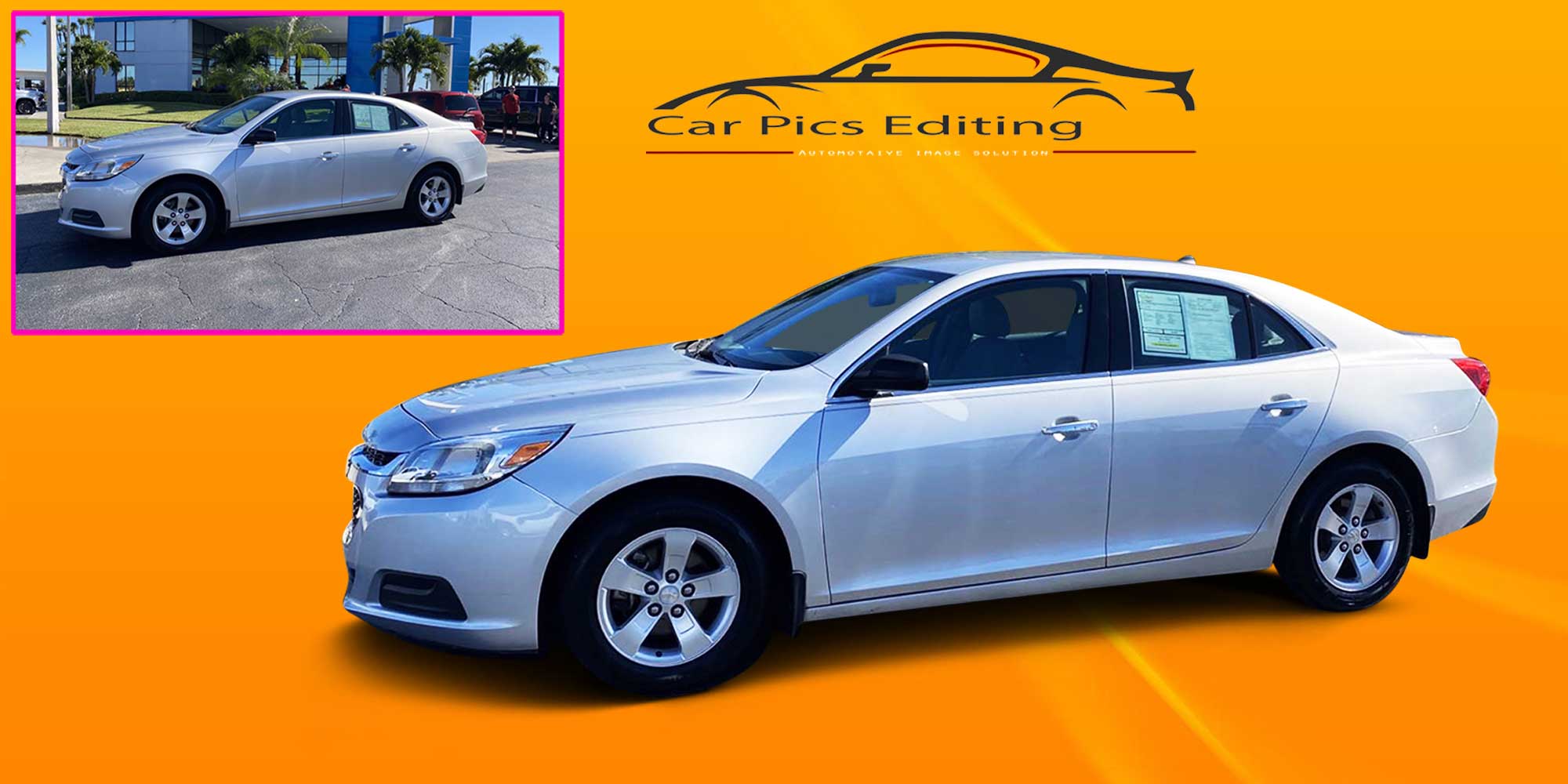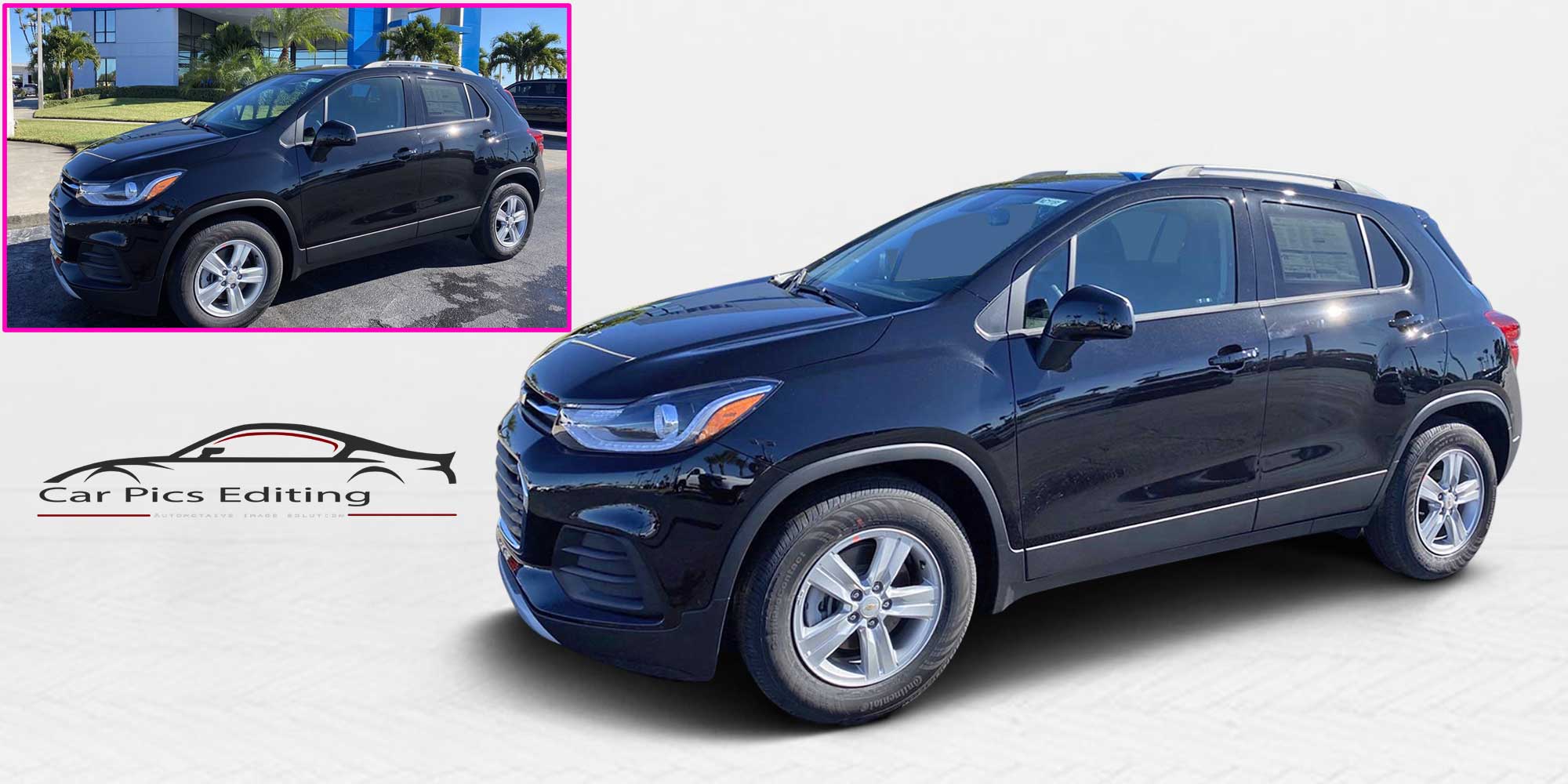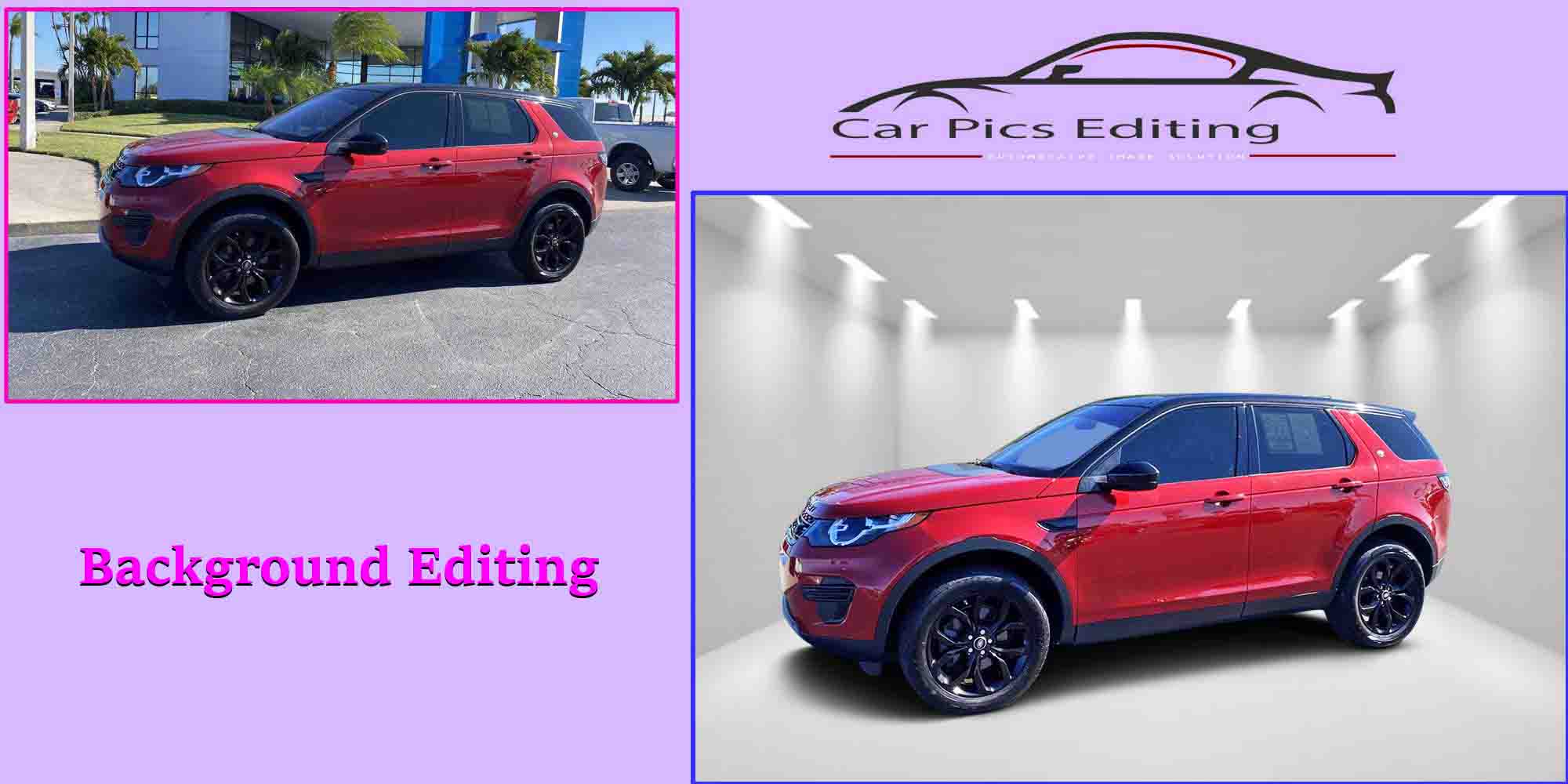Vehicle Photography Rule #1: Chase the light
The standard of brilliant hour shooting is immensely significant. The hour after dawn and the one preceding dusk offer the best light for photographs; low-point daylight adds warmth and surface to the picture. The by and large dimmer lighting permits you to adjust the picture components more without any problem. However, don’t pack it in once the sun goes down: I shot this BMW i8 one night when the sky took care of business to convey some staggering tones after the sunset. Focus on mists, and endeavor to get the shot dialed-in, comparative with the openness.
Likewise, recall that on the off chance that you need a closer view and foundation similarly sharp, knock up the gap’s f-stop to higher qualities—between, state, f/14 to f/20—while changing the openness to make up for the undeniably dim picture. This was shot at about f/14, yet I ought to have gone somewhat higher since the foundation is a hair out of core interest. (Higher gaps likewise create the flares from purposes of light, as found in the headlights.)
Likewise, attempt to keep the ISO as low as expected under the circumstances to lessen the measure of grain in the last picture. The ideal approach is to utilize more elongate openings, which you can do in events like this—even only a couple of seconds—on the off chance you have an amount.

Vehicle Photography Rule #2: Control your profundity of field
De-centering the foundation—a strategy called bokeh—features your subject. You do this by setting the opening as wide as could be expected under the circumstances (f/2.8, f/4) and making up for the more brilliant picture by boosting the screen speed. On the off chance that you create the shot right, the image will be more grounded and have the advantage of a scramble of imaginative style also. Along these lines, the Bugatti Chiron picture above is shot in Los Angeles.
Vehicle Photography Rule #3: Pursue your dreams
Now and again, you get a little tickle of thought driving as it were. I had this Rolls-Royce Phantom for three days in Los Angeles and figured it is enjoyable to shoot the vehicle with a plane out of sight at the air terminal. There are many incredible spots to notice the aircraft at LAX, yet there aren’t numerous spots to set up a shot like this one. While I was contemplating the region on Google Maps—an incredible asset when all is said in done for auto photography—I saw throughout the entire term parking areas straightforwardly under the methodology way. So I drove up, paid my direction onto the part for $8 every hour, and wound up with a colossal spread of tranquil, low-traffic asphalt directly under the planes. I shot there for two hours—following approaching planes employing an application called FlightRadar24—and left away with many cool pictures.
Vehicle Photography Rule #4: Surprise individuals
Once in a while, an immediate, straight-down-the-center shot can be shockingly significant, mainly when you accomplish something novel with the specific situation. This Mercedes-Benz CLS-Class was shot in Beverly Hills during the Christmas season—thus the additional lighting. It took around 20 laps around the square to get it, yet it was fun and an excellent method to highlight the climate I shot it in.
Vehicle Photography Rule #5: Get inside
Insides are a significant piece of the driving experience, yet catching them can be a test. I like to shoot with something to find in the window. For this picture of the Porsche Panamera E-Hybrid, I arranged it according to individual mountains and lodgings in northern Italy’s Dolomite piles. The foundation is obscured marginally. However, I might have made it more honed employing a higher opening—or even made it the inverse, with a strong foundation and covered frontal area.

Vehicle Photography Rule #6: Avoid taking shots at eye level
A simple snare to fall into is continually taking shots at eye level—as in, the view you get while remaining before the vehicle. Even though that is the most characteristic beginning stage, it’s likewise the most un-complimenting plot for a car, part of the way since it’s natural, however generally because it’s not how vehicles are best seen. So go high or go low. You can utilize a stepping stool or step-stool for the high points, obviously, yet for this situation, I just needed to hold the camera up as high over my head as I could.
Vehicle Photography Rule #7: Avoid the conspicuous shots
Shooting a vehicle in a parking garage is simple. Try to make it not appear as though you’re shooting in one. To do this, get in close or down low to guarantee that the surface markings don’t double-cross you. This also assists make with backgrounding objects—for this situation Disney Concert Hall in Los Angeles looked more grounded.
Note, too, that you don’t need to include the entire vehicle in each shot. Catching merely a bit of it can make for exciting pictures.
Likewise, attempt to stay away from the conspicuous roadside shot. You see these in public stops, at beautiful disregards in the mountains, particularly go-to driving spots like Mulholland Drive in Los Angeles. On the off chance that you have a lovely setting, work to make an extraordinary piece that exploits it. The roadside shot this Porsche 718 Cayman GTS amid the redwoods of northern California; however, I pulled the vehicle somewhat farther into the trees to guarantee no real street was noticeable. (Now and again, you need the street in the shot, however, ensure it’s done fascinatingly—seen through the windshield, maybe, or with the road swinging past the vehicle while you shoot between the two, from down low.)
Vehicle Photography Rule #8: Use the area for your potential benefit
In every one of these cases, I set out to discover an area that exploited the specific situation—a blizzard in one, the energy of downtown Seoul in the other. However, cruising all over for an hour multiple times paid off.
Vehicle Photography Rule #9: Capture the eccentricities
A few vehicles have particular highlights that you’ll probably need to celebrate. The scissor entryways in the BMW i8 are extraordinary models, similar to the Spirit of Ecstasy hood decoration on the Rolls-Royce Phantom, which appeared here. Zero in on discovering novel or astounding approaches to shoot these highlights. For this picture, I mounted a GoPro straightforwardly behind the hood decoration and afterward cruised through the neighborhood with the camera in time-slip by mode shooting two-second openings. After a couple of miles, I had many casings that generally would be sewed together into a solo film. However, that wasn’t my objective—I recently utilized that particular element to get the camera to shoot ceaselessly. I experienced the pictures, discovered the 5 or 10 with the best light streaks, and handled only those.

Vehicle Photography Rule #10: Shoot vertically
Vertical pictures look better on cell phones, so remember to overlap some into your shooting. The test is making fulfilling the sheer creation of overwhelmingly level subjects. The appropriate response is incompletely self-evident—don’t shoot the vehicle from the side—yet it likewise includes finding pleasantly adjusted procedures for filling the casing; it could be utilizing a fragment of the car or having a noticeable frontal area or foundation objects.
The picture on the left is a unanimous top choice: the Starlight Headliner in the Rolls-Royce Wraith Black Badge, with the real Milky Way out of sight. This was in Death Valley, California; it took me two hours in 110-degree heat (after dull, no less) to set it up. I needed to put gaffer tape on all the inside lights because the openness should have been 30 seconds to pull in the Milky Way, and the lights would have smothered the picture. Shooting this was an extraordinary experience and a critical evening—made it better by effectively executing the vision.


